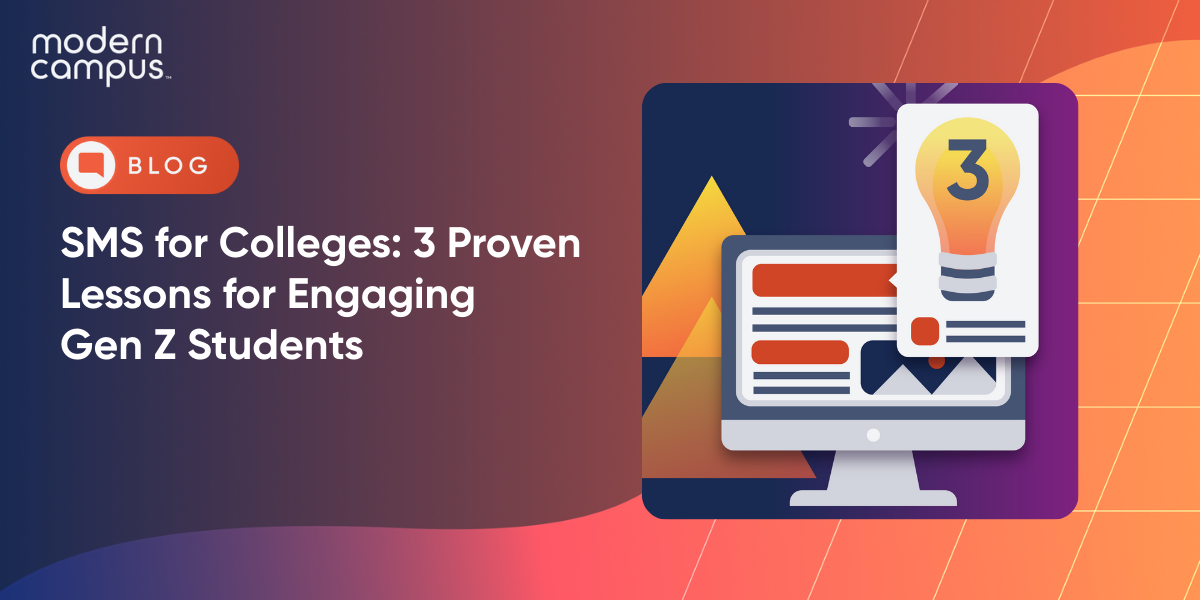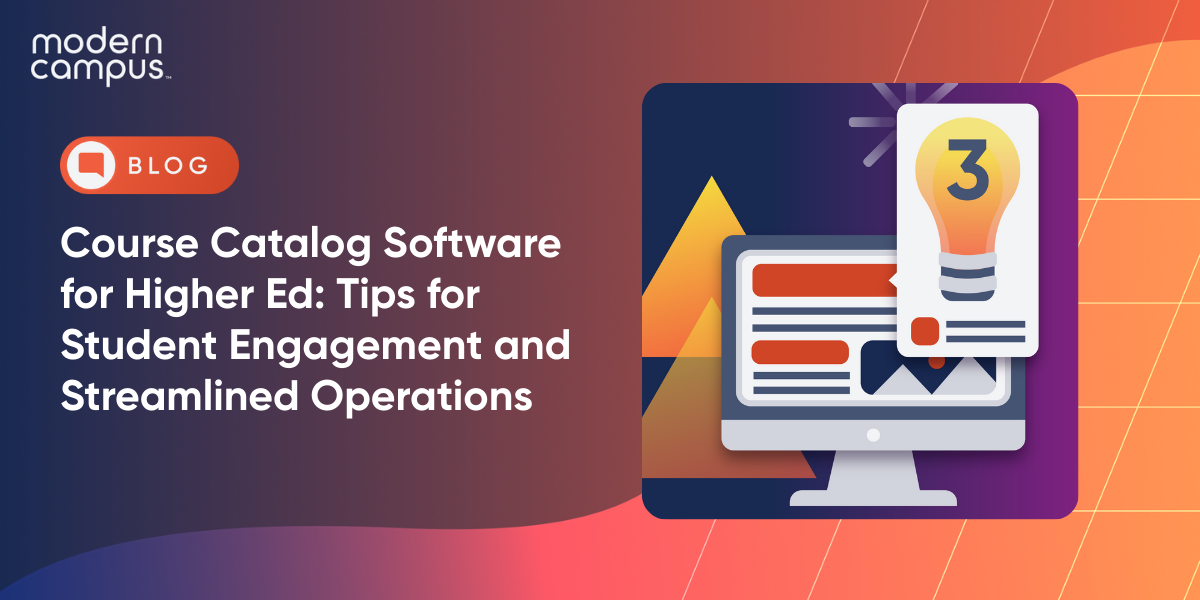
How to Enhance Student Engagement in Higher Education: Proven Strategies
Discover strategies to enhance student engagement in higher education. Learn technology-driven approaches, community-building...

12 Days of Digital Transformation: Tips to Help Higher Ed Teams Start 2026 Strong
Kickstart 2026 with 12 quick digital transformation wins for higher ed. Practical tips to improve UX, conversions, content,...

The Era of Flexible Education Has Arrived—Is Your Institution Ready?
Higher education is entering a new era of flexibility. Discover why learner-centered pathways, stackable credentials,...

Supporting Adult Learners in Higher Education: Strategies for Non-Traditional Student Success
Discover proven strategies for supporting adult learners in higher education. Learn how technology and flexibility drive...

SMS for Colleges: 3 Proven Lessons for Engaging Gen Z Students
Discover how SMS for colleges drives Gen Z engagement with communication preferences, proven strategies and platform features...

Why SaaS Content Management Systems Are the Future of Higher Ed
Discover how SaaS content management systems are reshaping higher ed. Learn key benefits, security features and implementation...

Top Student Engagement Strategies That Work in 2025
Discover 10 proven student engagement strategies. From AI-powered personalization to data-driven retention tools, boost...

Course Catalog Software for Higher Ed: Tips for Student Engagement and Streamlined Operations
Transform your institution with course catalog software that streamlines operations, boosts engagement, and connects curriculum...

How Lifelong Learning Powers the Learner-to-Earner Lifecycle
Discover how lifelong learning transforms the learner-to-earner lifecycle in higher education, driving student success...